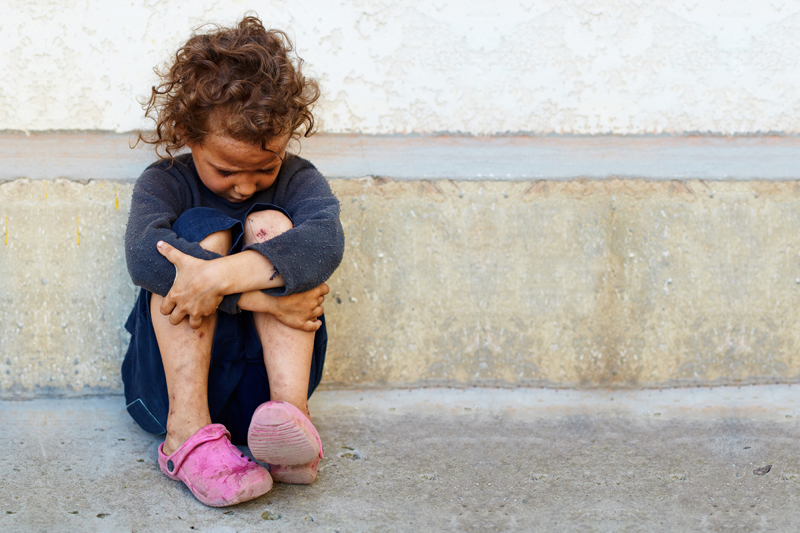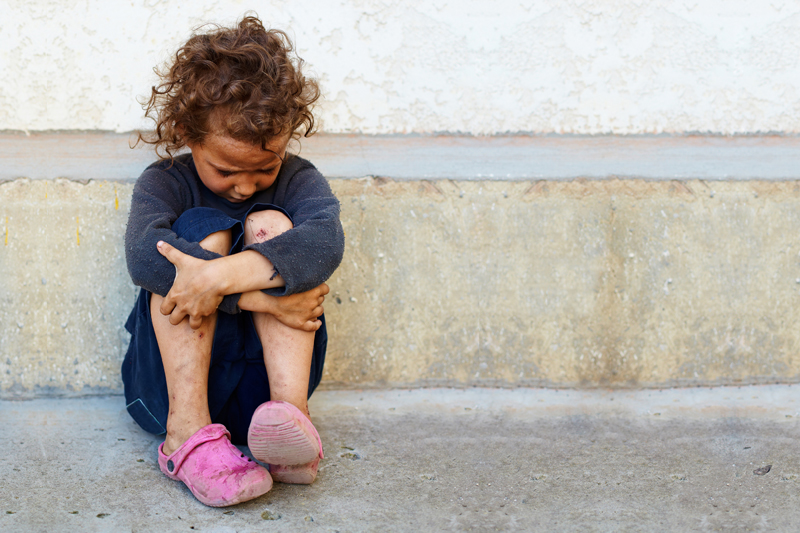Natural Disasters and Child Safety

There have been several major natural disasters over the past few years that make a parent wonder how to keep children safe in the event of a natural disaster, especially when children are at school and parents are at home or work. The National Center for Missing and Exploited Children (NCMEC) Website offers guidelines to families that become separated or displaced in the midst chaos.
Preparation is definitely the key to surviving separation in a forced evacuation or when children are separated from their parents. Just like a fire drill where we practice how to get out of a burning house safely, it is imperative to plan ahead for a natural disaster. There are times when we may be forced to evacuate and when that time comes it is not the time to begin making decisions. Instead by spending a little time preparing and deciding what documents, medications, and personal items are needed for a disaster you will be ready to evacuate when the time comes.
Make copies of important documents, keeping them in a secure location where you can grab them quickly. The NCMEC recommends that copies of documents be scanned and emailed to family living far away. Next decide what cell phones, chargers, and medications are needed. Do not forget to have a modest amount of cash on hand, in case the electricity goes out for a long period. When electricity is out ATM machines, banks, and stores will not be able to process credit cards, and likely will not take a check.
Take pictures of each child on your cell phone, sending emailed copies to friends or relatives not in the danger zone. Be sure to note any identifying marks, such as birthmarks, scars, tattoos, or piercings that may be pertinent in positively identifying a child later.
Older children can memorize their name, date of birth, parent’s names, and cellphone numbers, yet younger children such as toddlers and infants cannot. In the case of younger children the NCMEC recommends that, “if a child is too young or otherwise unable to speak for him- or herself, consider writing his/her name, date of birth, parents’ names, home address, and telephone/cell numbers somewhere on the child’s body in indelible marker.”
The NCMEC has been designated as the National Emergency Child Locator Center (NECLC) which was designed by President George W. Bush and congress in the fall of 2006. So, what is the National Emergency Child Locator Center? According to the NCMEC website, “when a disaster has been declared by our president, the National Center for Missing & Exploited Children (NCMEC) will assist in the location of children and the reunification of families resulting from the disaster or subsequent evacuations.”
A toll free number, website and specially trained personnel will be available to gather and update information about displaced children and adults. In addition, the NECLC will assist local, state, federal law enforcement to reunify families. Please be aware that this system is out there and will be available if needed.
The best practice is to plan ahead and rehearse the plan before it becomes necessary to utilize the plan in a real emergency. Talk about what children should do and how to respond in these situations. The unknown is frightening and anticipation often worse than the actual disaster.
Preparation is definitely the key to surviving separation in a forced evacuation or when children are separated from their parents. Just like a fire drill where we practice how to get out of a burning house safely, it is imperative to plan ahead for a natural disaster. There are times when we may be forced to evacuate and when that time comes it is not the time to begin making decisions. Instead by spending a little time preparing and deciding what documents, medications, and personal items are needed for a disaster you will be ready to evacuate when the time comes.
Make copies of important documents, keeping them in a secure location where you can grab them quickly. The NCMEC recommends that copies of documents be scanned and emailed to family living far away. Next decide what cell phones, chargers, and medications are needed. Do not forget to have a modest amount of cash on hand, in case the electricity goes out for a long period. When electricity is out ATM machines, banks, and stores will not be able to process credit cards, and likely will not take a check.
Take pictures of each child on your cell phone, sending emailed copies to friends or relatives not in the danger zone. Be sure to note any identifying marks, such as birthmarks, scars, tattoos, or piercings that may be pertinent in positively identifying a child later.
Older children can memorize their name, date of birth, parent’s names, and cellphone numbers, yet younger children such as toddlers and infants cannot. In the case of younger children the NCMEC recommends that, “if a child is too young or otherwise unable to speak for him- or herself, consider writing his/her name, date of birth, parents’ names, home address, and telephone/cell numbers somewhere on the child’s body in indelible marker.”
The NCMEC has been designated as the National Emergency Child Locator Center (NECLC) which was designed by President George W. Bush and congress in the fall of 2006. So, what is the National Emergency Child Locator Center? According to the NCMEC website, “when a disaster has been declared by our president, the National Center for Missing & Exploited Children (NCMEC) will assist in the location of children and the reunification of families resulting from the disaster or subsequent evacuations.”
A toll free number, website and specially trained personnel will be available to gather and update information about displaced children and adults. In addition, the NECLC will assist local, state, federal law enforcement to reunify families. Please be aware that this system is out there and will be available if needed.
The best practice is to plan ahead and rehearse the plan before it becomes necessary to utilize the plan in a real emergency. Talk about what children should do and how to respond in these situations. The unknown is frightening and anticipation often worse than the actual disaster.

Related Articles
Editor's Picks Articles
Top Ten Articles
Previous Features
Site Map
Content copyright © 2023 by Erika Lyn Smith. All rights reserved.
This content was written by Erika Lyn Smith. If you wish to use this content in any manner, you need written permission. Contact Erika Lyn Smith for details.



